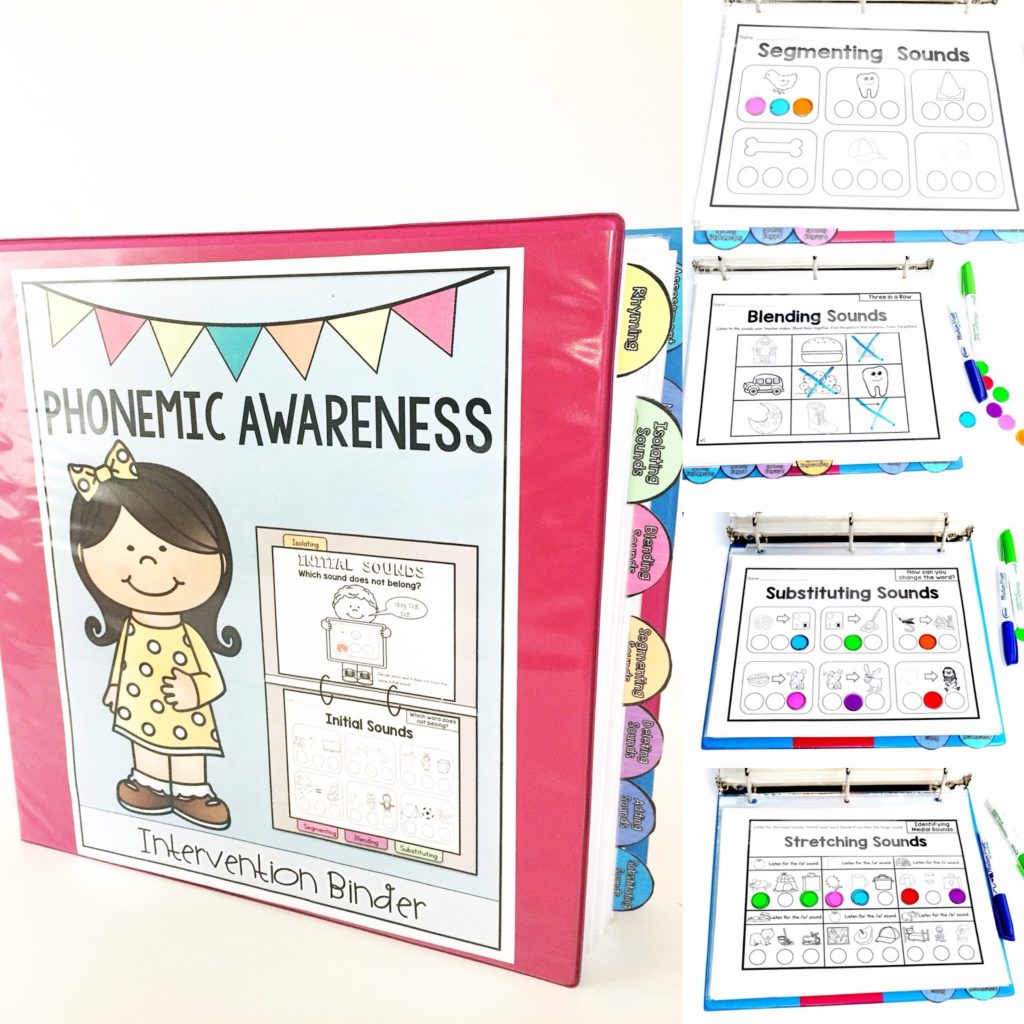Phonemic awareness is the foundation of reading success, and building it through engaging, research-based activities is essential for young learners.
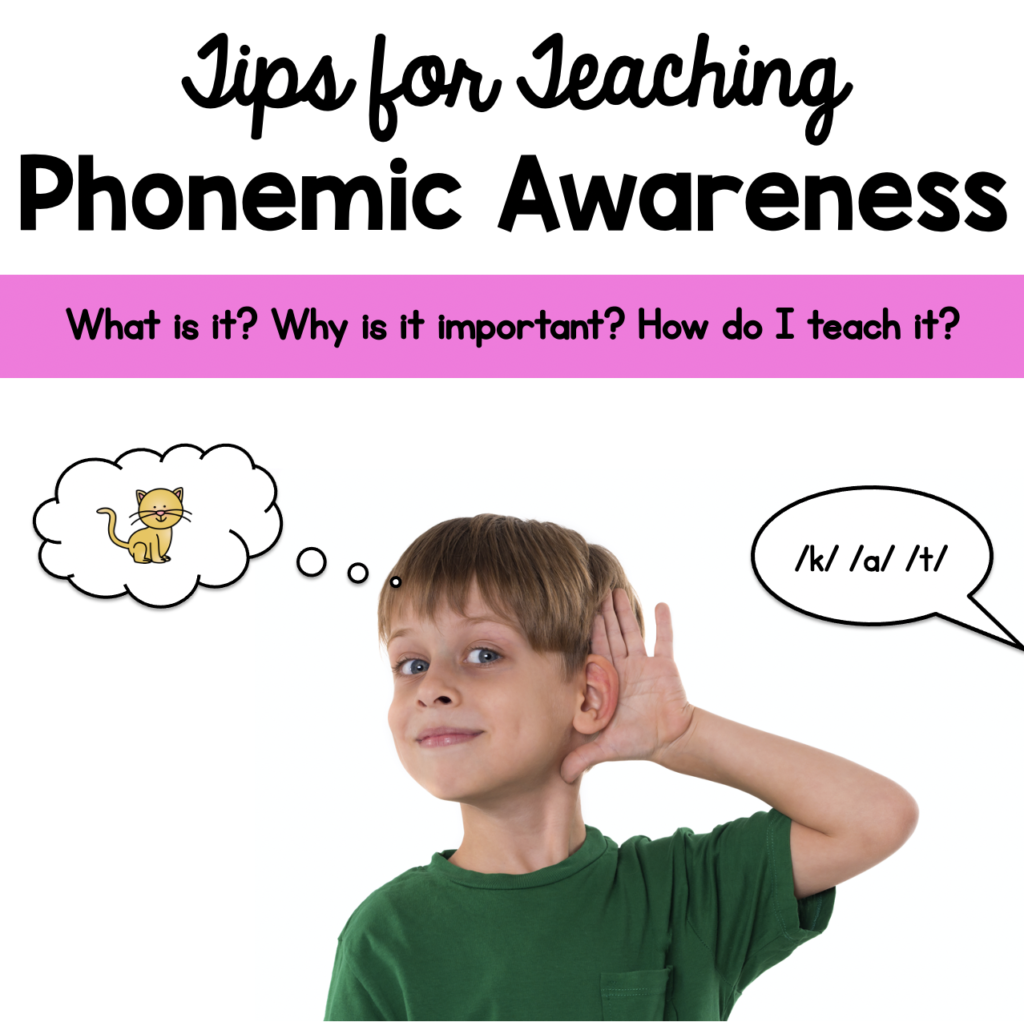
My introduction to phonemic awareness:
When I was a new teacher, I used to tutor over the summer. I was tutoring a student who was going to be in first grade. She had finished kindergarten knowing all of her letters and sounds, but not yet blending words together. I sat down with her and after five minutes I started sweating!
I had my handy dandy magnetic letters ready to go. I put out three letters to make a CVC word. Here’s what I got: “/k/ /aaaaa/ /t/…. tap!” Huh? Okay, let’s try this again. I sounded it out with her. Still no cat. So I tried another and another. Then I tried just two sounds. She would give me words that were close and sometimes words that weren’t even in the ballpark. I’m pretty sure I got turtle for rat.
What I didn’t know then is that she was lacking phonemic awareness skills. She knew her letters and sounds, but could not blend the sounds together to read the words. The same was true for spelling. She couldn’t break up a word into its individual sounds in order to spell the word. Phonemic awareness skills need to be developed before reading can take place.
What is Phonemic Awareness
Phonemes are the individual sounds that make up words. For example, the word “chick” has 3 phonemes (/ch/ /i/ /k/) and the word flip has 4 phonemes (/f/ /l/ /i/ /p/).
Phonemic awareness is the understanding that words are made up of individual phonemes (sounds). When a child has phonemic awareness, he or she can hear and manipulate the individual sounds in words.
Phonics focuses on the relationship between sounds and the letters or letter combinations that represent them. Phonemic awareness serves as a foundational skill for effective phonics instruction.
Why is Phonemic Awareness Important?
Children need to be able to hear the sounds in words before they can begin to decode or spell them. When they are decoding (“sounding out”) a word, they need to be able to blend those sounds together. They may know the letter-sound relationship and be able to sound out: /k/ /a/ /t/. They must have phonemic awareness in order to blend those sounds together to read the word “cat”.
Spelling works in the reverse process. A child must segment, or break apart, the sounds in a word. When they hear the word ‘cat,’ they need to identify and separate the sounds into /k/, /a/, and /t/ to spell it correctly.
For some children, the ability to blend and segment sounds comes naturally. However, for many others, these skills are not intuitive and require explicit teaching and guided practice. Blending and segmenting sounds are foundational components of phonemic awareness, but they involve complex auditory processing that can be challenging for some learners. These skills must often be developed systematically through targeted instruction and repeated practice, with opportunities for feedback and support. Without this guidance, many children may struggle to decode or spell words effectively, which can impact their overall reading and writing development.
Several studies show that phonemic awareness is a key indicator of reading success.
Examples of Phonemic Awareness
- Grouping words by similar sounds: Ball, bear, and bike all start with /b/.
- Isolating Sounds: Identifying the first, middle, and last sounds in words.
- Blending sounds into words: /w/ /i/ /sh/= wish
- Segmenting words: wish has 3 phonemes and is broken up this like: /w/ /i/ /sh/
- Manipulate sounds within words: Change the /w/ to /d/. What word? dish
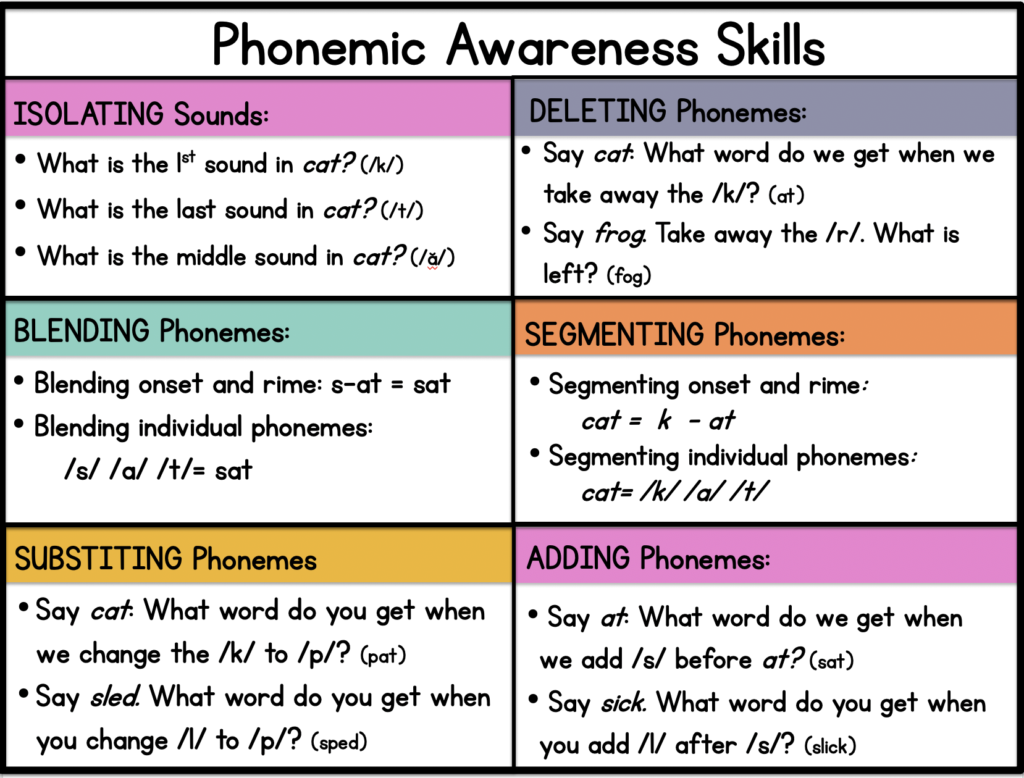
You can get a printable version of this here.
Now onto the goods. Here are some activities that we enjoyed doing together.
Fun Activities:
Stretching Sounds with a Slinky
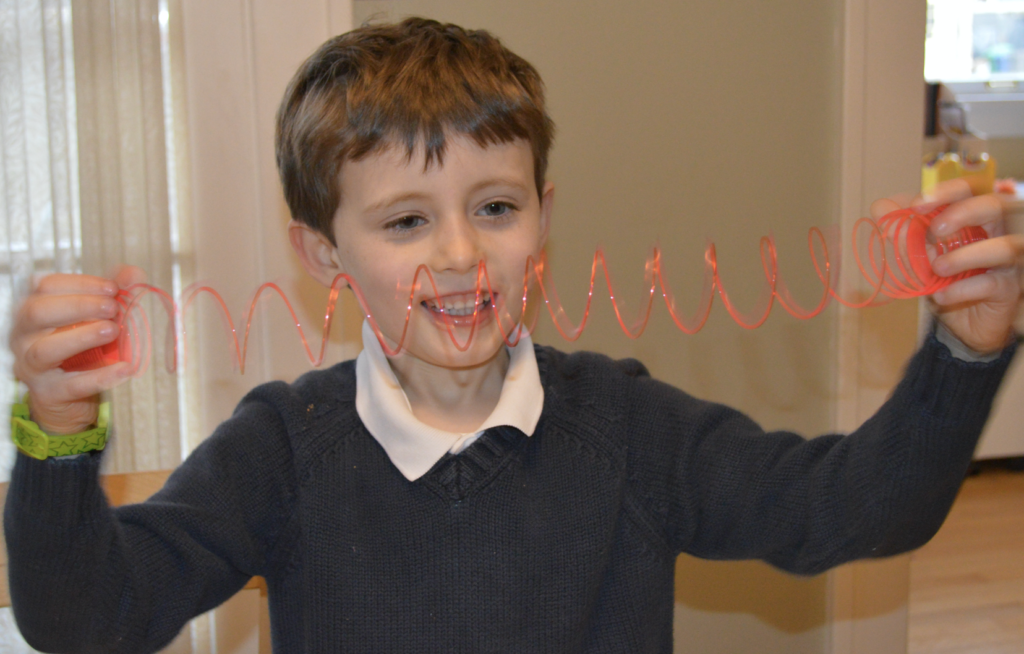
I do this with my kindergarten groups every day. There are three ways we do this:
- I use the slinky to stretch a word and they guess the word. (They are blending sounds).
- I give them a word and they stretch the sounds with the slinky (they are segmenting)
- Make it a game: One student gets a picture card. They segment the word with the slinky and the group guesses the word.
Click here for a video.
Right after this, I call on a classmate to guess his word. This game never gets old!
Using Connecting Cubes
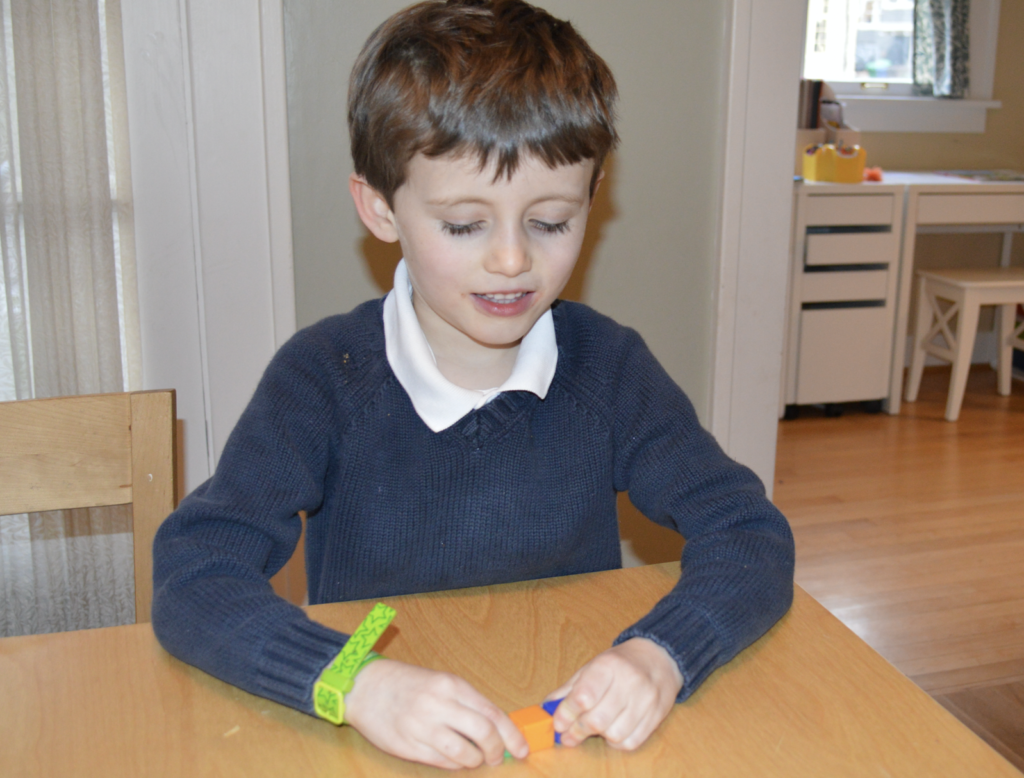
I know what you’re thinking. Sarah, these are the same activities just with different manipulatives. Yep, you got it! Repetition for our students is good. They think they are doing something different when you put something new in their hands.
You can do this same activity with syllables or with onset and rime.
“Pushing” Phonemes with Manipulatives
I use this one the most. You’ve seen it before. You can use anything to push the sounds: pennies, pom-poms, mini-erasers math counters, etc. I like to change it up seasonally, too. You can use acorns in the fall, little hearts in February, and white pom-poms for snowballs in the winter.
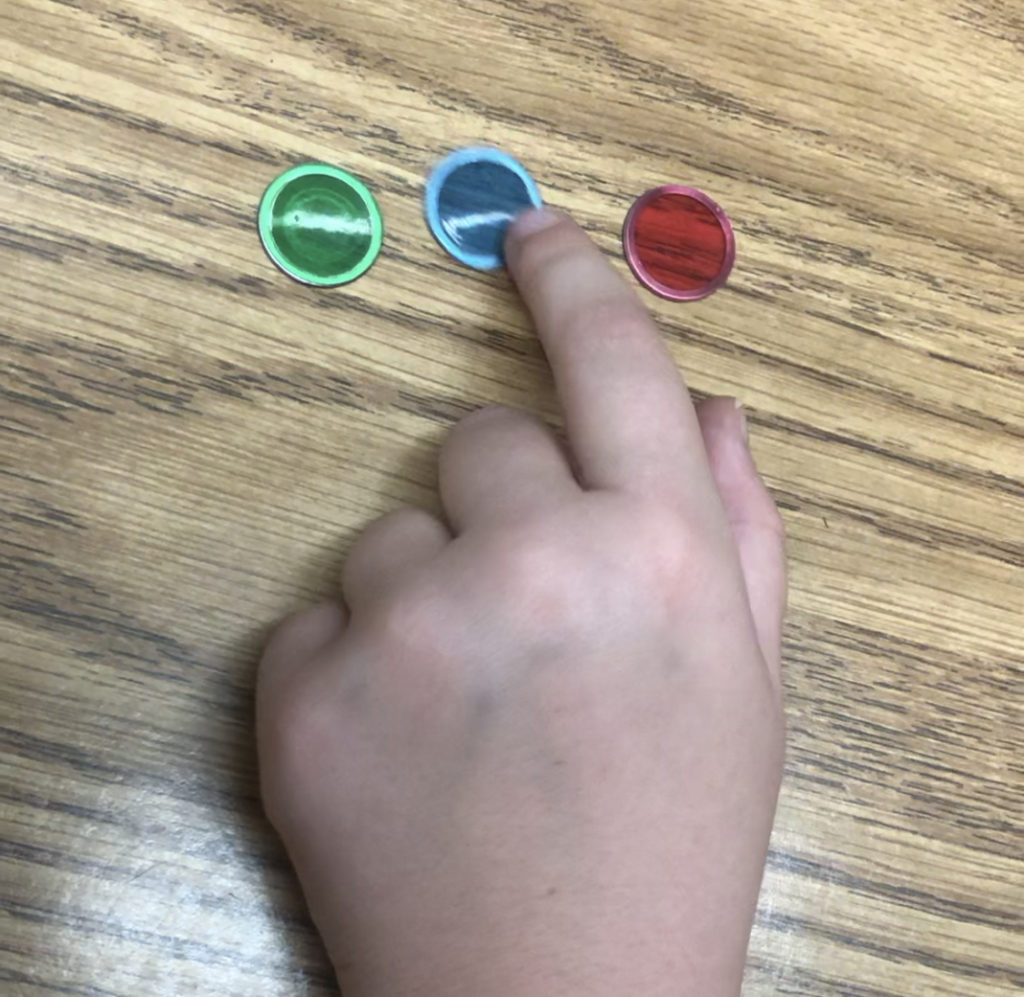
I use these with my small groups every day! I say a word and my students “push” the sounds. Then, I ask the group to point out certain sounds.
- For example, If you break up the word shop, then you ask questions like, “Which color says /p/?” and “What sound was the blue chip?”
It’s a great warm-up to small group instruction.
After they are proficient with segmenting and blending, you can start manipulating sounds. For example, you can take away the green and say, “I’m taking away /sh/ in ship and adding in /ch/” (put another chip in its place).
Add in a Puppet
This is a favorite! Get a favorite stuffed animal or little puppet. I got this idea from this amazing teacher I worked with years ago in North Carolina. Get your little puppet or stuffy.
Tell your students that he speaks a slow language and you need help figuring out what he is saying.
Ask questions like, “What is your favorite color?” Have your puppet answer, “/r/ /e/ /d/”. A little dramatic flare gets their attention. “What?! I can’t understand you! Say it again.” Have your puppet do it again. Then, call on a student to “translate” for you.
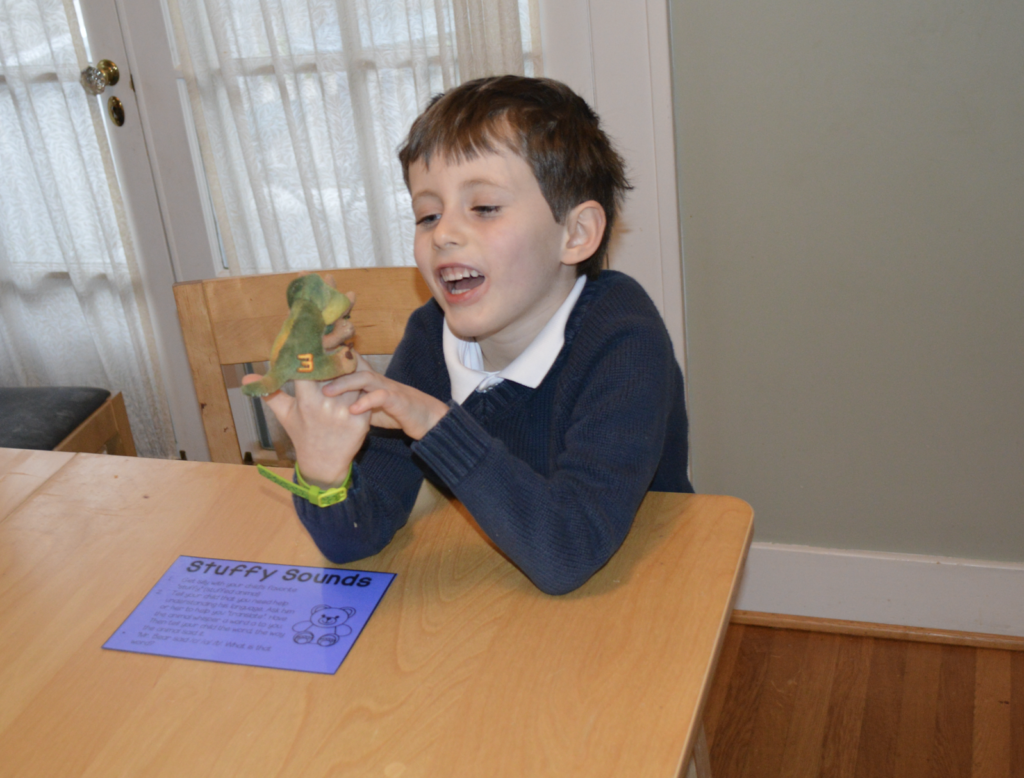
Smash It
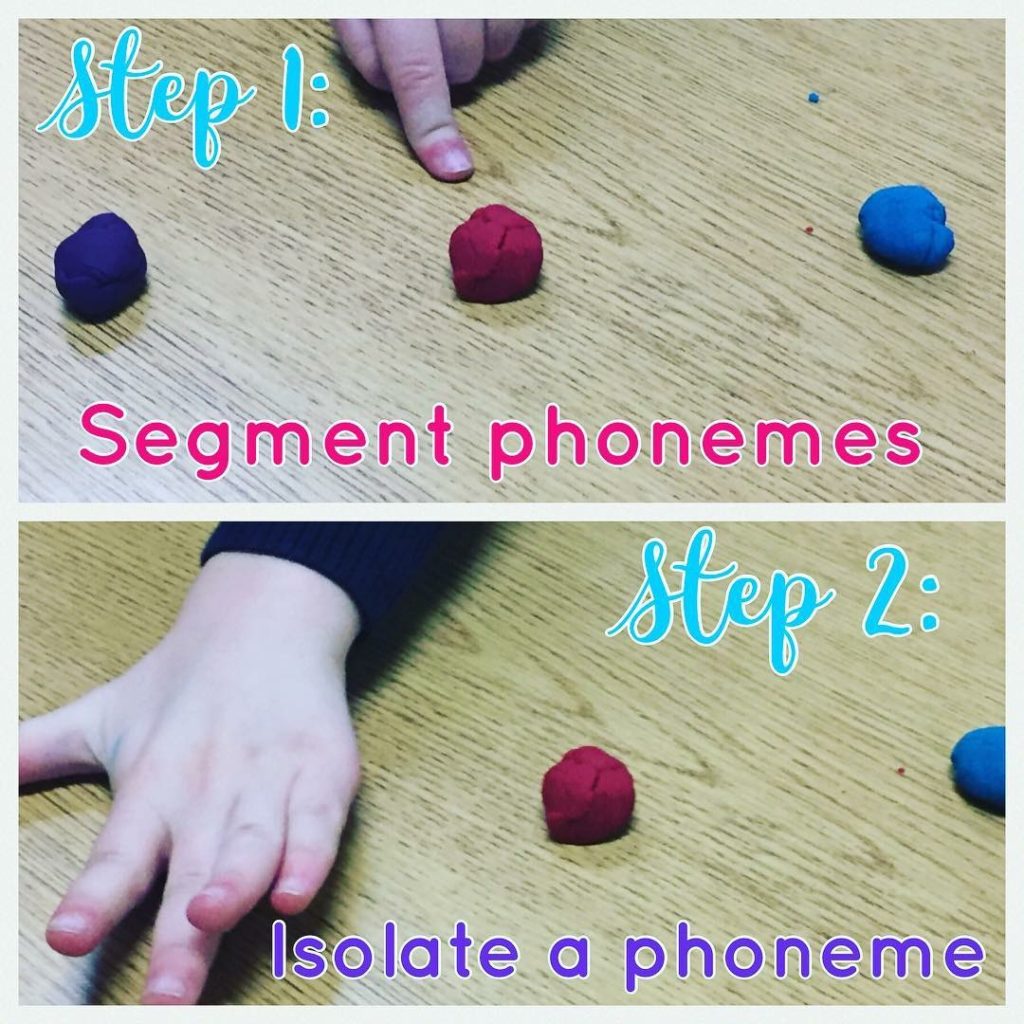
This is always a fan favorite! Click HERE for the video.
Bead Slide
I already blogged about this a few days ago, but I wanted to include it here, too.
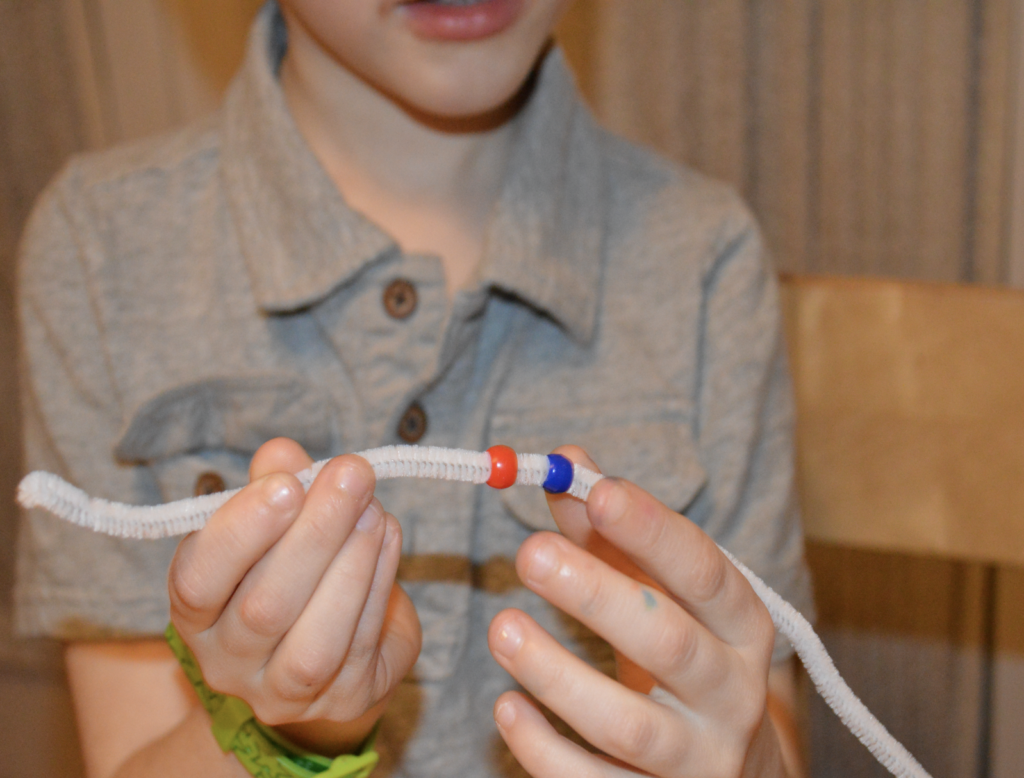
Get Moving
Hop out the sounds of a word! The more movement the better, right? This video shows jumping on spots, but you can just jump in place. Click here for a video. (Sorry, it’s a bit blurry!) In this video, I used SitSpots. They can be easily moved around the classroom.
Tracking Sounds:
I have all these trains and tracks, so I’m putting them to use! LOL!
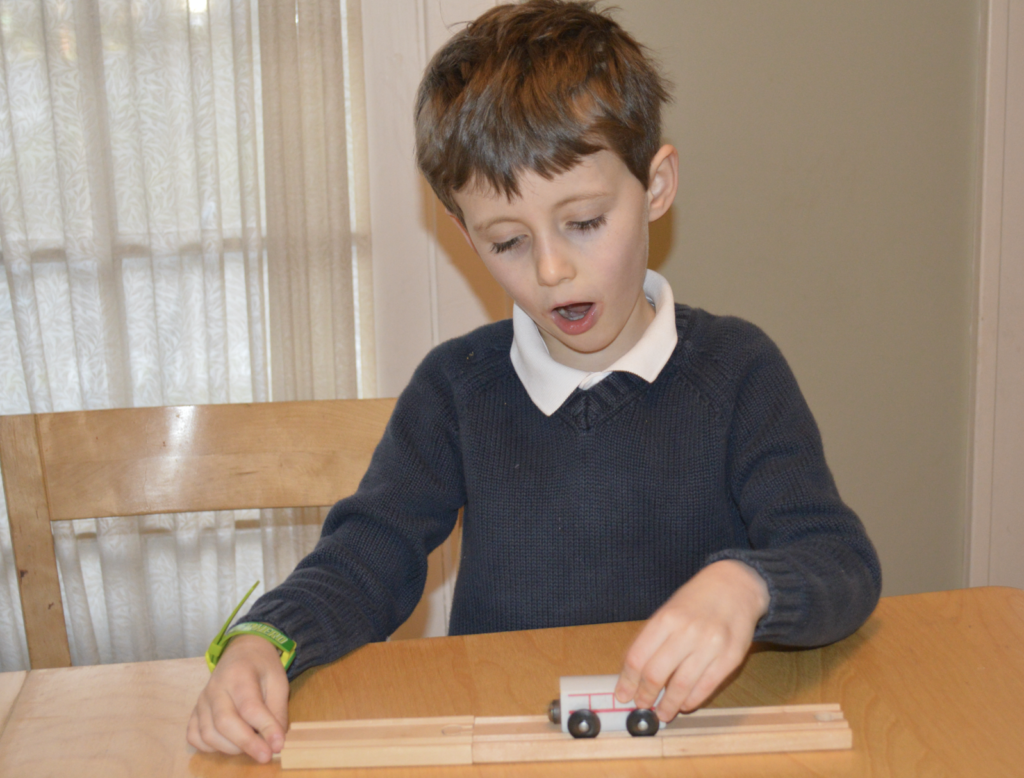
In this video, I’m showing you different ways to use this track:
- Isolating sounds
- Segmenting Sounds
- Manipulating Sounds
Integrating Letters into Phonemic Awareness Instruction
Research shows that incorporating letters into phonemic awareness activities as early as possible is crucial for helping children connect sounds to print. While phonemic awareness starts as an auditory skill, integrating letters accelerates the process of linking sounds to their written representations. This approach strengthens the development of decoding and spelling skills and aligns with how children naturally progress in their literacy journey.
You can start incorporating letters as soon as students know some letter-sound correspondences. Once they have this foundation, practicing blending and segmenting with letters becomes highly effective. This practice helps reinforce both decoding (reading) and spelling skills.
For students who easily grasp letters and their corresponding sounds, phonemic awareness activities with letters should begin right away to strengthen the connection between sounds and print. However, for students who struggle to learn letters and their sounds, it’s beneficial to focus on phonemic awareness activities without letters at first. This reduces cognitive load and allows them to build confidence in manipulating sounds before adding the additional complexity of letters. Once these students develop stronger sound awareness, you can gradually introduce letters into the activities to bridge the gap between phonemic awareness and phonics.
Resources
I made a little “take-home” kit for some of the parents at my school. I ended up using these in my own classroom. The cards have ideas for parents and teachers on each card. You’ll only need to add a few extras to go with this.
You can see more about this kit here:
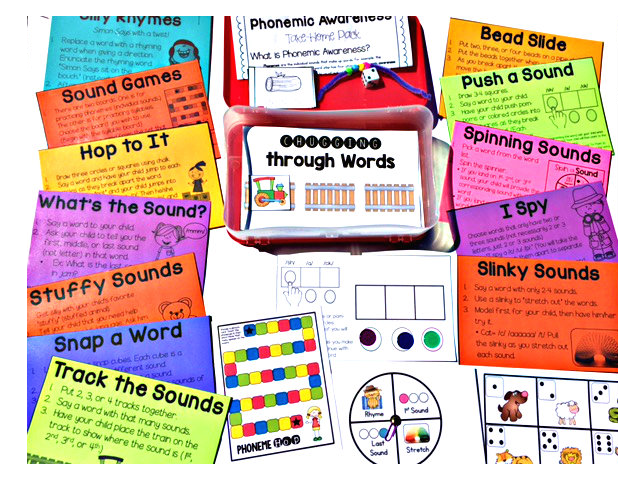
I also have a huge pack of activities for RTI and small groups. These are hands-on activities. You can find this here.
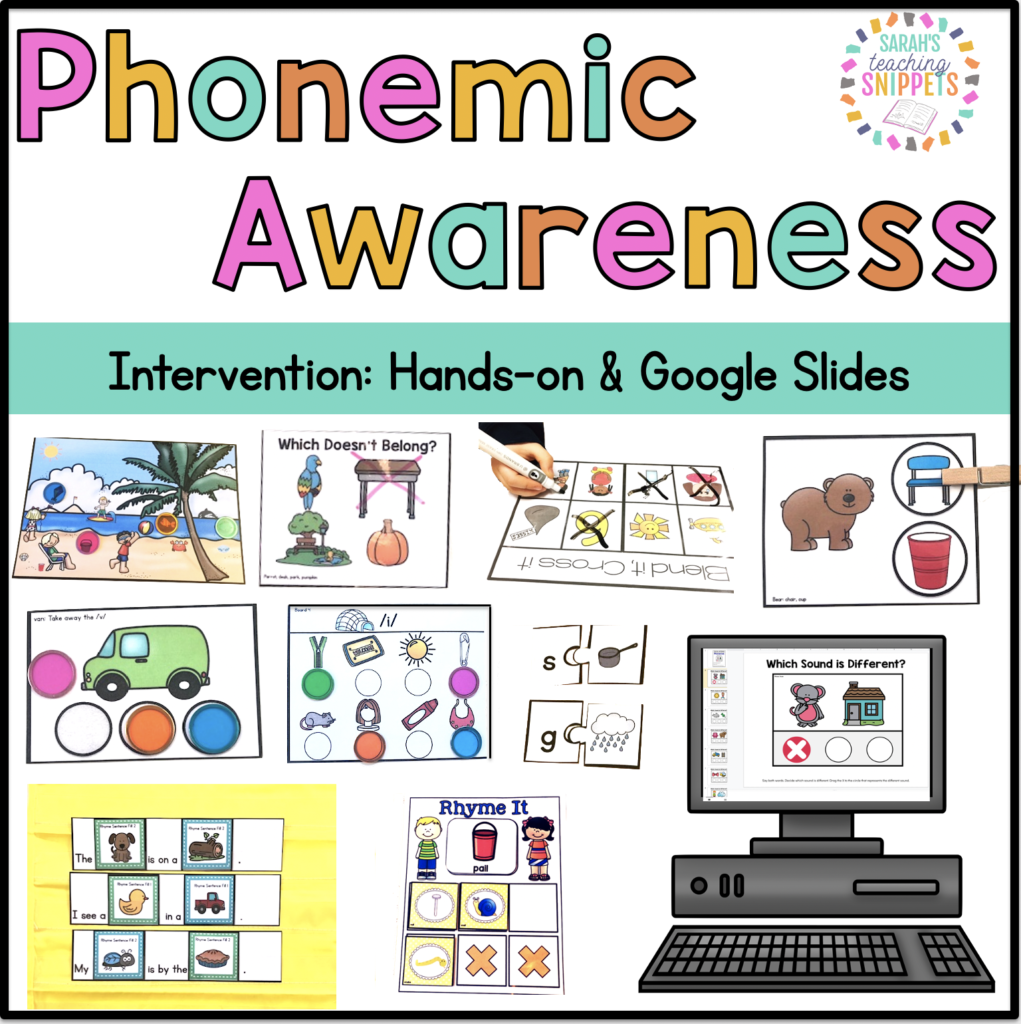
Update: Now with Google Slides!
And this is similar to the pack above, except it is ALL print and go. No laminating and no color. You can find this here.
There is also a bundle of all three. You can find these here.
I also have another detailed blog post about phonemic awareness here. There are several tips on how to teach phonological awareness for the whole class.
